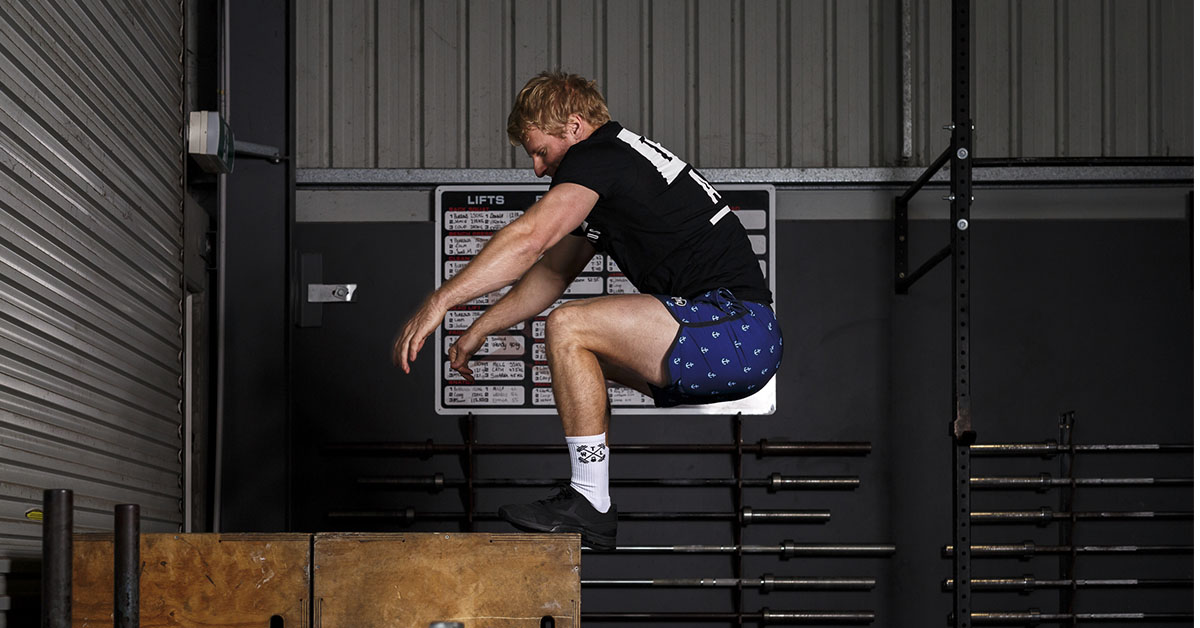Functional training is all the rage in the fitness world nowadays. People no longer want to simply look good — they want to be able to move better as well, inside and outside the gym. Functional fitness training is all about that. It promises to improve your strength and conditioning, and give your mental health a good boost too. How do you get into it, though? In reality, there are many functional fitness workouts you can do, of course depending on what you want to achieve. If you’re looking to start functional fitness training, here are a couple different types that might work for you.
1. Core Stabilization
Core stabilization is one of the most important forms of functional training. The muscles which best describe your core are your torso muscles, and they serve to stabilize your spinal column. This can help maximize force and lessen injury when you’re doing forceful and explosive movements as part of your workout.
Even outside the gym, a strong core is essential for the most basic tasks, like maintaining proper posture. It helps connect all your limbs, and there’s virtually nothing it isn’t a part of. Whether you’re doing heavy deadlifts or bringing the groceries in, you need a strong core.
Examples of core stabilization exercises are planking (including side planking), oblique crunches and straight leg raises.
2. Plyometrics
Also known as jump training, plyometrics has a goal of having muscles exert maximum force in short time intervals, which leads to improved power. The great thing with this form of functional training lies in the fact that it stimulates several different muscle groups at the same time, and can thus improve athletic performance. It’s also great for igniting fat loss, strength and challenging fast-twitch muscle fibers.
Examples of plyometrics are drop jumping, squat thrusts and box drills.
3. Isometric Exercises

Isometric routines can be used as part of your workout if you’re looking for simple techniques to help build muscle. The exercises are all about contractions of particular muscle groups. During these movements, the muscle does not have noticeable change in length and affected joints don’t move. Because they are done in one position without moving, they improve strength in only one particular position. Isometric work is excellent for bringing balance to the body and targeting weaknesses.
Examples of exercises you can do as isometric are planks, push-ups and squats.
4. Metabolic Training
The aim of metabolic training is to maximize calorie burn and to increase metabolic rate during and after a workout, and that’s putting it simply. To expound further, it’s all about using your large muscle groups through high intensity exercises. The benefits of this form of functional training are improved cardiovascular capacity, an overall better hormone profile and some serious calorie burning. If you’re looking to boost your conditioning, this isn’t a bad place to start.
Examples of metabolic training are squats, snatches and jump squats while holding dumbbells.

5. Unilateral Training
This training style is all about working one limb at a time. In most of our traditional training exercises, we’re using both limbs to complete tasks. That being said, what’s the point of training only one limb at a time when you can work out both of them? One reason is because some movements we do only ever involve moving one limb at a time. Think about running — one leg is propelling you forward, the other swings around. This form of training can bring about strength, prevention of injuries and improved core strength.
Examples of unilateral training are one-legged squats, leaning tower push-ups and missing arm holds.
There you have it — five awesome forms of functional training that will make your life better in and out of the gym. What are your thoughts about incorporating functional training exercises into your workout routines?













